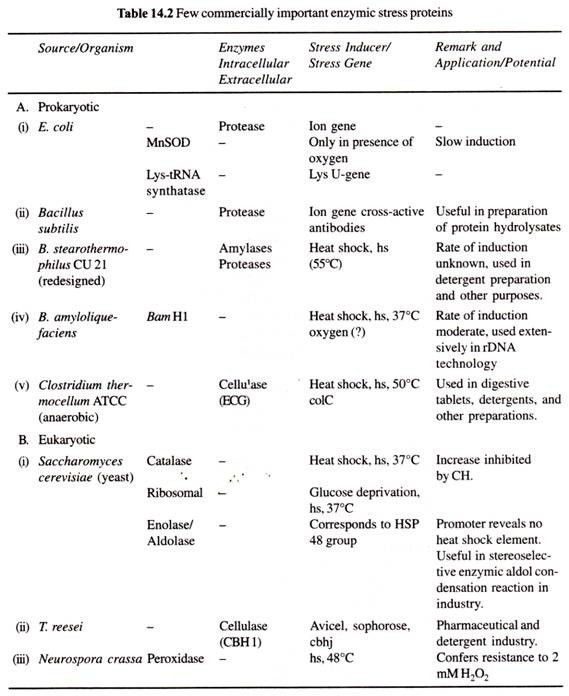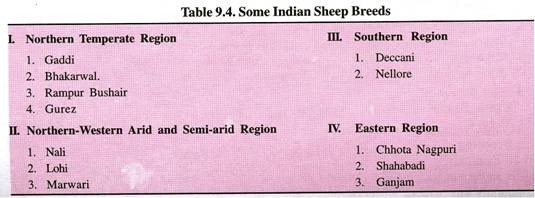In this article we will discuss about:- 1. Introduction to Pythium 2. Vegetative Structure of Pythium 3. Reproduction.
Introduction to Pythium:
The genus Pythium (Gr. pythein — to cause to rot) is represented by 92 species, of which 28 species are reported from India. Several species of Pythium grow as saprophytes in soil, in water; on decaying matters, but some are facultative parasites causing root rot (root tips), fruit rot (watery fruits) and damping off of both pre-emergent and post-emergent seedling of numerous angiospermic plants.
P. debaryanum, P. ultimum, P. aphanidermatum and P. irre’gulare cause damping off of seedling, of which P. debaryanum is very common and causes damping-off of seedling of tobacco, chilli, tomato and mustard. P. gracilis grows as parasite on Vaucheria (alga). List of the pathogens along with diseases caused by them is given in Table 4.1.
Pythium debaryanum, the very common species, is used to describe the general life history of Pythium (fig. 4.21).
Vegetative Structure of Pythium:
The mycelial plant body consists of slender, cylindrical, hyaline, coenocytic hyphae (Fig. 4.19). Septa are formed at the time of reproduction. The hyphae grow both intra- and inter- cellularly. No haustoria are developed.
Reproduction in Pythium:
1. Asexual Reproduction:
It occurs by zoospores which are produced inside the vesicle formed by the sporangium. The sporangia are globose to oval and are either terminal or intercalary in position on the vegetative hyphae. The terminal or the portion in intercalary region of hyphae swell up and form globose to oval structure, the sporangium (Fig. 4.20B, B’, 4.21 B, C).
The sporangium is multinucleate. During zoospore formation, the clevage of cytoplasm starts in the thin-walled bubble like vesicle at the tip of long tube that produced from the sporangium (Fig. 4.21C). 8-20 zoospores are produced in the vesicle. After maturation, wall of the vesicle bursts and the zoospores are liberated (Fig. 4.21 D).
The zoospores are of secondary type (i.e., kidney-shaped) having two lateral flagella attached at the concave region (Fig. 4.21 E). After swimming for sometimes, the zoospores come to rest, encyst (Fig. 4.21 F) and then germinate by germ tube to form new mycelium (Fig. 4.21 G).
Sporangium of other types, like filamentous sporangia (Fig. 4.20A, A’) are formed in P. gracilis, P. monosper- mum and P. papillatum. They are scarcely distinguishable from the vegetative cell and are slender simple or branched filaments.
The lobulated sporangia (Fig. 4.20C, C’) formed by inflated lobed hyphae are found in P. graminicola and P. aphanidermatum. In both the cases, long tube develops from the sporangium whose tip swells up and forms vesicle inside which zoospores are differentiated.
The sporangial proliferation occurs in P. proliterum, where new sporangia are developed by proliferation from old sporangium.
2. Sexual Reproduction:
It takes place by the development of antheridia and oogonia which are easily developed in cultures and also after death of the host when the fungus lives saprophytically. Most of the species like P. debaryanum are homothallic, but some like P. heterothalicum, P. sylvaticum, P. splendens, P. intermedium and P. catenulatum are heterothallic.
Oogonium develops as terminal or intercalary swelling of the hypha, which gradually becomes spherical in shape and cuts off by transverse septa from rest of the mycelium. The antheridium develops as terminal club-shaped swelling of hyphal tip, and may originate either from branches of oogonial stalk (monoclinous) or from neighbouring hyphae (declinous) (Fig. 4.21 H).
The antheridium is very much smaller in size than the oogonium and a number of antheridia comes in contact with the oogonial wall.
The young oogonium is multinucleate and globose. Eventually, its protoplast is differentiated into central oosphere surrounded by periplasm. Both the regions are multinucleate. The number of nuclei in the oogonium gradually reduces with age.
The surviving nuclei undergo meiosis and form 32 nuclei (Fig. 4.211). All nuclei except one in the oosphere degenerate, the remaining nucleus functions as an egg (Fig. 4.21 J). The young antheridium is also multinucleate and with maturity all except one degenerate. The surviving one undergoes meiosis to form 4 haploid nuclei (Fig. 4.211).
Before fertilisation, a fertilisation tube develops by the antheridium at the contact wall of oogonium through which one of the male nuclei passes and fertilises the egg. The fertilised oosphere develops into a thick walled, smooth oospore or zygote (Fig. 4.21 J, K, L). The oospore germinates after a period of rest.
The pattern of oospore germination depends on the variation of environmental temperature. At high temperature (28°C), the oospore germinates by germ tube (Fig. 4.21 M), while at low temperature between 10-1 7°C, the germ tube elongates at a length of 5-20 µm, then swells up at the tip and forms a vesicle in which zoospores develop (Fig. 4.21 N).
The zoospores come out of the vesicle (Fig. 4.210) after bursting the vesicle wall. After swimming for some time, the zoospores become encysted (Fig. 4.21 P) and take rest. After rest, it germinates by germ tube, which develops like the mother mycelium.
Indian Species:
Pythium graminicolum, P. debaryanum, P. aphanidermatum, P. butleri etc.



